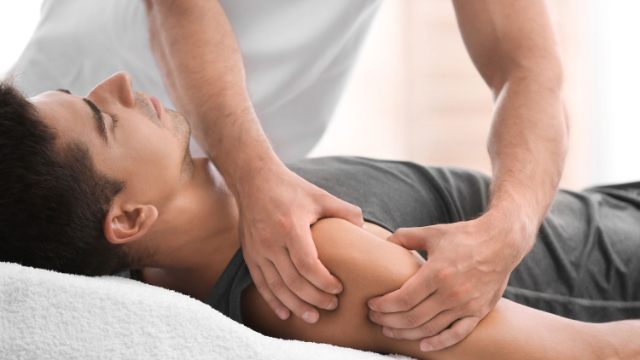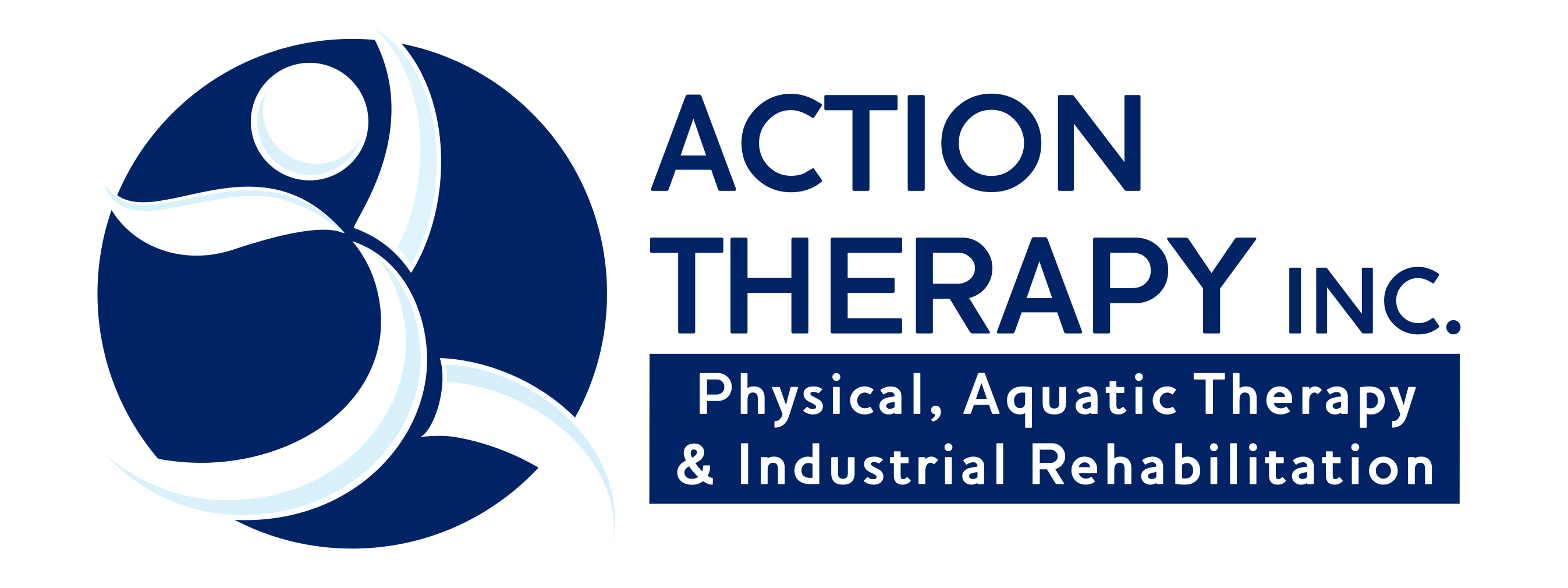News
Shoulder problems become more common as the body changes over time

You have your shoulders to thank for many of the movements required to get through the day. Driving your car, turning doorknobs, shaking hands, and reaching up or across to grab an item are just a few examples of activities that would not be possible without the extreme mobility that the shoulder provides. The shoulder is the only joint that can rotate a full 360°, making it the most mobile and flexible joint in the body, and it’s this significant range of motion that allows you to perform most of the tasks that involve the arms. There is, however, one downside of all this mobility: it makes the shoulder extremely vulnerable to injury.
Often thought of as a single joint, the shoulder is actually an intricate system that consists of four joints, with the acromioclavicular and glenohumeral joints being most important for movement. The acromioclavicular joint is a gliding joint where a part of the shoulder blade (scapula) called the acromion and the collarbone (clavicle) meet, and it allows the transmission of forces from the upper extremity to the clavicle. The glenohumeral joint is what most people think of when discussing the shoulder, and it’s a ball-and-socket in which the ball is the head of the upper arm bone (humerus) and the socket is the glenoid, a shallow cuplike part of the scapula. It’s this joint that allows for the shoulder’s extremely wide range of motion.
Connecting the bones and muscles of the shoulder are a number of ligaments and tendons, plus several other important structures, including the following:
- Rotator cuff: a group of four muscles that run from the humerus to the scapula; the tendons of these muscles form a “cuff” around the head of the humerus, and all the muscles work together to allow movement and stabilize the shoulder
- Labrum: a ring of cartilage surrounding the glenoid that creates a deeper socket for the ball to stabilize the joint
- Deltoid: the largest and strongest muscle of the shoulder, which provides the strength to lift the arm
- Joint capsule: a fibrous sheath that encloses the structures of the shoulder joint
- Bursa: a fluid-filled sac that acts as a cushion between tendons and other structures of the shoulder
Why shoulder issues become more common later in life
As mentioned earlier, the cost of the shoulder’s wide range of motion is that it also means a higher risk for injury. Some of this risk is minimized by the many structures—like the rotator cuff—that provide it with protection and stability, but the shoulder can still be easily injured from a variety of causes.
Shoulder pain is essentially any pain that arises in or around the shoulder. It may originate in the joints themselves or from any of the surrounding muscles, ligaments or tendons that make up the shoulder. Shoulder pain can occur at any age from a variety of causes, with younger individuals usually experiencing issues due to sports participation. But the peak incidence of shoulder pain actually occurs between ages 30-50, at which point issues develop because of gradual age-related changes.
With age, the body undergoes a number of significant changes, many of which increase the chances for pain and injury. In the shoulder, the effects of aging can result from the accumulation of many earlier habits, such as previous injury, overuse or underuse or the shoulder, disorders of certain shoulder structures, or any combination of these factors. Changes in circulation, metabolism, nutrition, and physical fitness can also contribute to the development of shoulder pain and dysfunction.
As a result, everyone is at an increased risk for shoulder pain as they get older, whether they were active individuals or not. But this risk is even higher in those who regularly performed lots of overhead activities—like painters, carpenters, swimmers, and baseball players—at any point in their life. Understanding this risk and what shoulder conditions are most likely to occur in older age can help prepare you for what to expect and how to respond if you do notice any shoulder pain.
Disclaimer:
The information in the articles, posts, and newsfeed is intended for informational and educational purposes only and in no way should be taken to be the provision or practice of physical therapy, medical, or professional healthcare advice or services. The information should not be considered complete or exhaustive and should not be used for diagnostic or treatment purposes without first consulting with your physical therapist, occupational therapist, physician or other healthcare provider. The owners of this website accept no responsibility for the misuse of information contained within this website.
